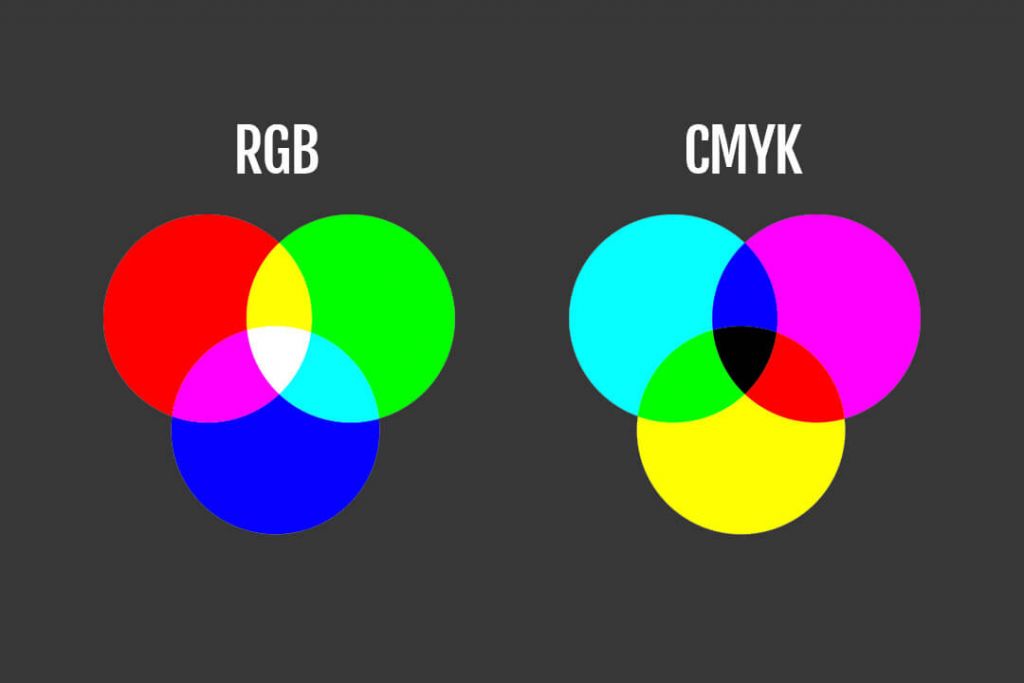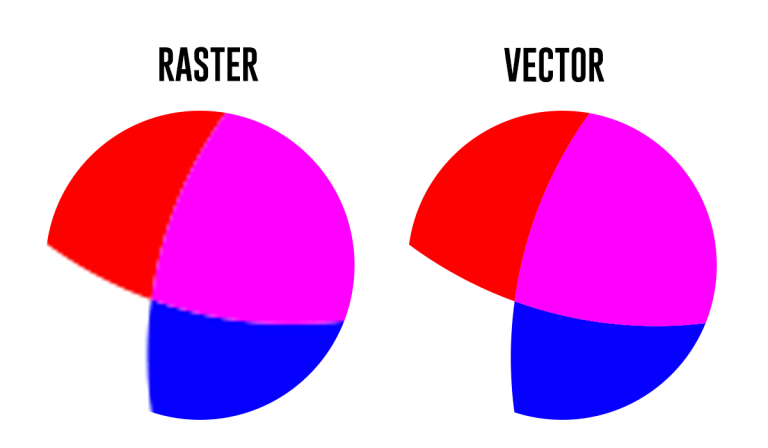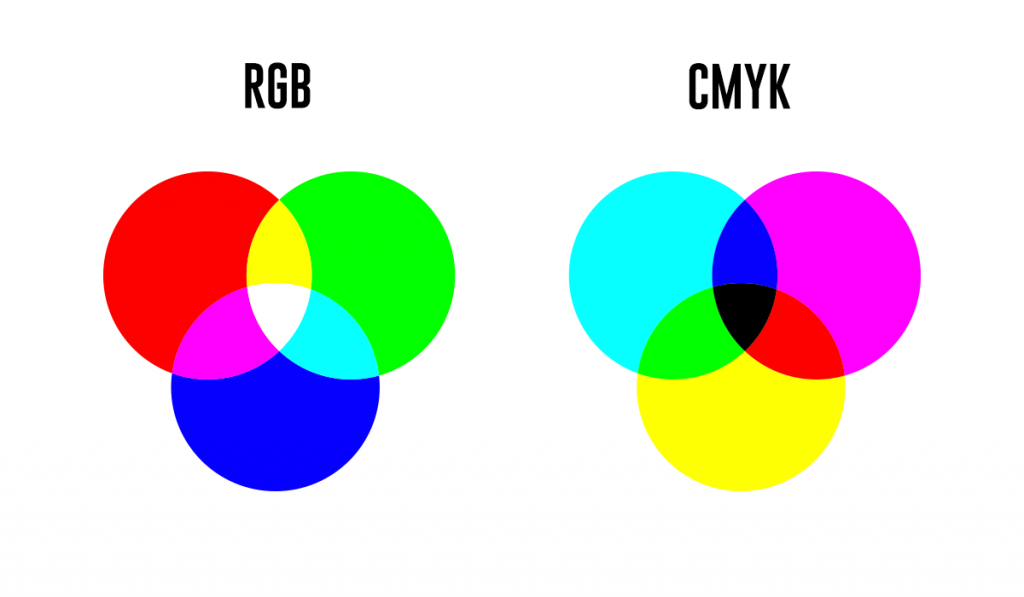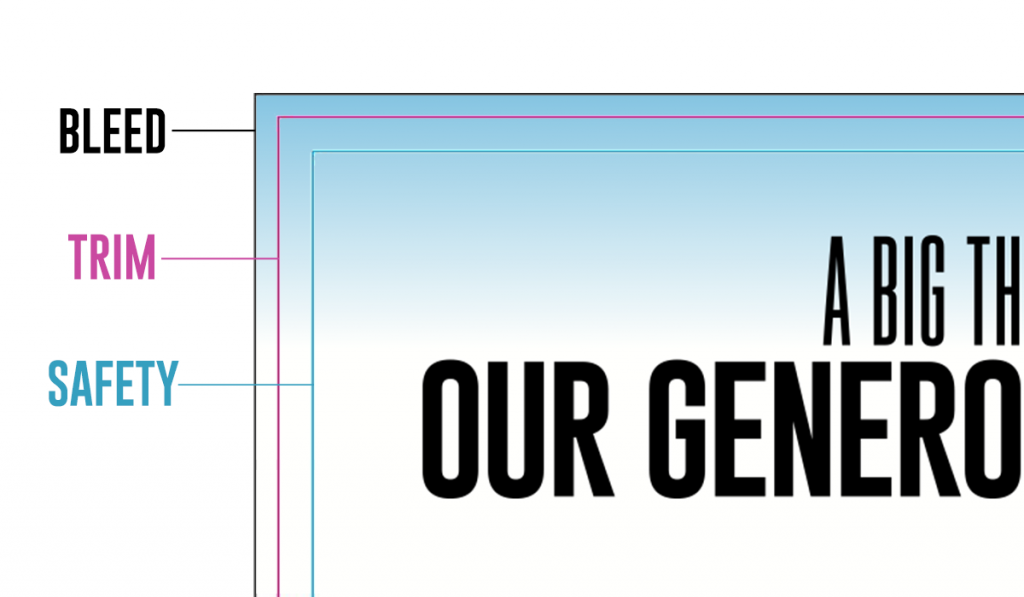“Make it pop!” These three words will have you mocked in a squeaky voice by every designer you say it to the moment you leave earshot. It is often difficult for those who aren’t designers to know what to say to get the best work out of graphic designers, so here are a few tips and some vocabulary to help your next project be a hit.
1) Basic Terminology
I bet your designer casually uses some terms you’ve never heard before, or ones you may have heard in passing, but still don’t know what they mean. Your confusion is understandable, and knowing these terms will help you and your designer speak the same language.
“Make it pop!” These three words will have you mocked in a squeaky voice by every designer you say it to the moment you leave earshot. It is often difficult for those who aren’t designers to know what to say to get the best work out of graphic designers, so here are a few tips and some vocabulary to help your next project be a hit.
1) Basic Terminology
I bet your designer casually uses some terms you’ve never heard before, or ones you may have heard in passing, but still don’t know what they mean. Your confusion is understandable, and knowing these terms will help you and your designer speak the same language.
Raster vs Vector:
Raster: Good for photos and things with wide, varying definition. Photoshop is a raster-based program. Common file formats: JPEG, PNG, GIF. Good for photos, paintings, illustrations, and most forms of art. Sometimes, a printer may want a vector logo, and while vector is preferable, an incredibly high resolution .png may suffice, depending on the project.
Vector: Good for text and has infinite resizing without losing detail. Illustrator is a raster-based program. Common file formats: .ai, .eps. Good for logos, posters, and some illustration. If you want your designer to vectorize a non-text graphic, make sure you have either a lot of time or low expectations.
Color:
RGB: Red, Green, Blue. This is the color format used for web and digital pieces.
CMYK: Cyan, Magenta, Yellow, Black. This is the color format used for print. Process colors are made using this system.
PMS: Pantone matching system. A type of spot color. If you only need a few colors, choosing these can help maintain print color accuracy.
DPI & Size
DPI & PPI: Dots per inch and points per inch, often used interchangeably. The higher the DPI, the higher the definition, and the larger the file size. Standards are 300 for print, 72 for web, 150 DPI for newsprint, and for large pieces, such as tradeshow booths, often you will use size-to-DPI ratios, so be careful with those. This is often why your designer turns your 40kb photo down no matter how much you want it on your sign.
For print, there are three terms you need to know: Bleed, trim, and the safety zone. When making a printed piece, the trim line is where your piece is cut. Bleed refers to excess art outside the trim line (find out ASAP how much bleed the printer wants, as this will changes the edges of the art, sometimes drastically). The safety zone is the often unmentioned .25” or so of space within the trim line where important information dare not go, lest it be accidentally cut off
2) Clear Expectations & Limits
Does the client want a new product highlighted? Can the final file be no larger than 5mb? How much time do I have to make all of these
changes? If you know something we need to know, let us know!
Imagery is paramount in design, but so is content. While a clean layout looks phenomenal, it may lack key messaging that the client can’t do business without. As for time management, most graphic designers are perfectionists, and if we don’t know how much time we have to work on a project, the rabbit hole is deep.
3) Give Us Some Freedom
We’re the designers for a reason- it’s our job to determine what will function, look good, and be visually interesting. While most designers appreciate guidelines, when a non-designer starts to art direct, the results are underwhelming at best and a mess at worst. If we only have time to create one or two comps and your ideas are not integral to a project, save them for another time. We won’t tell you how to manage your business or clients, you don’t give us every detail of the ad in your head.
4) Give Us Your Ideas, But Don’t Expect Them to Work
A good idea can come from anyone, and design is no exception. If a project allows for several options, most designers won’t mind you throwing out that picture in your head. You might have a stick figure drawing and a nifty headline that just needs to be professionally created and the thing will win awards! On the other hand, the designer may not be able to create that image due to lack of resources or skill set. Contrastingly, your idea may be easily producible, but there’s something… off about it. “It looked better in my head” is something that designers and non-designers alike have thought, and is partially why some projects take longer than others. Remember, a designer may have tried your idea, but the reason you don’t see it on the table with the other comps could be because it simply didn’t work in action.
5) Ask Questions
“Can you do this? How long will it take?” Two questions that are music to a designer’s ears. Look, we don’t expect you to know the intricacies of the creation process, and we’re usually sympathetic; however, we’ve all met that person with an impossible request (“Can you turn the elephant in the photo around?”), or who unwittingly asked for an six hour project in 30 minutes (“It’s a 15 second commercial, how long can it take to make!?”). By asking these questions, your designer can see that you care, and they’ll likely give you more details about the project or let you in on what it takes to create what you’re asking for.
Working with designers can be a rewarding experience, especially if their work brings in new business. By taking these tips to heart, you will be able to work with your designer to create those campaigns, systems, and stand alone pieces that will make your business stand out.
By: Noel Lenard, Graphic Designer





